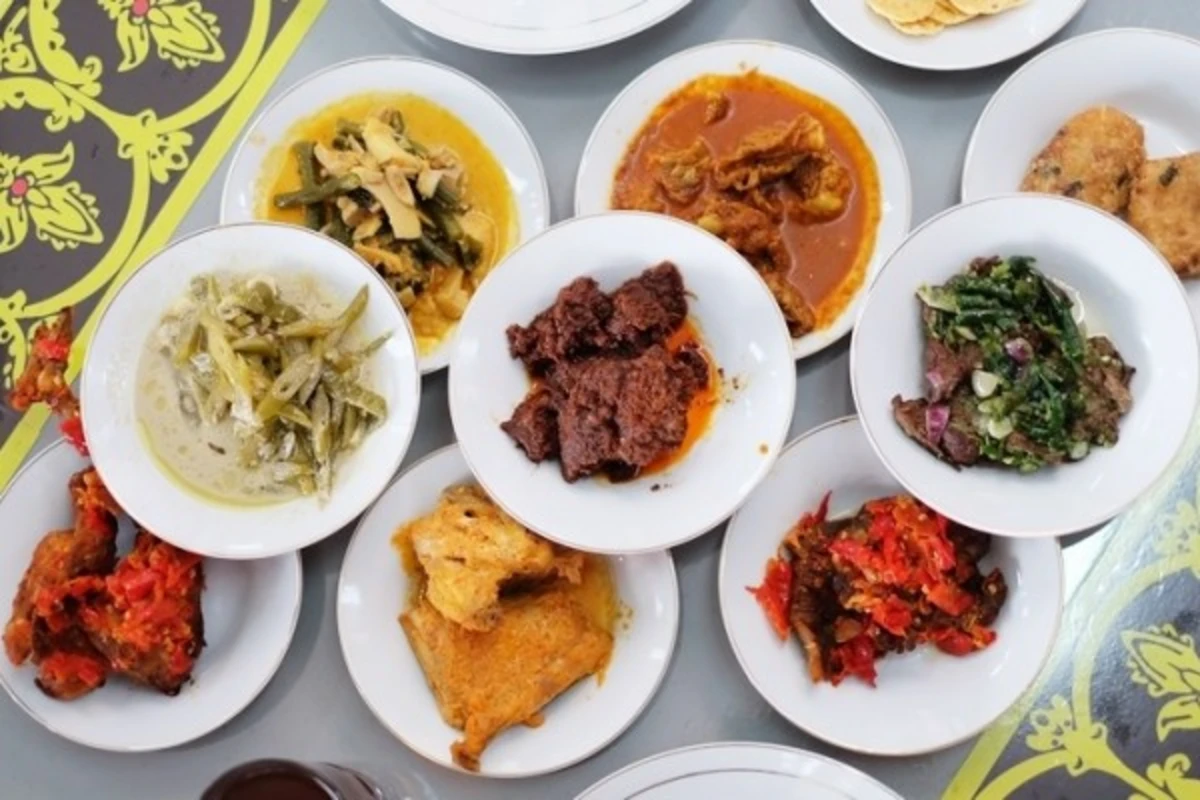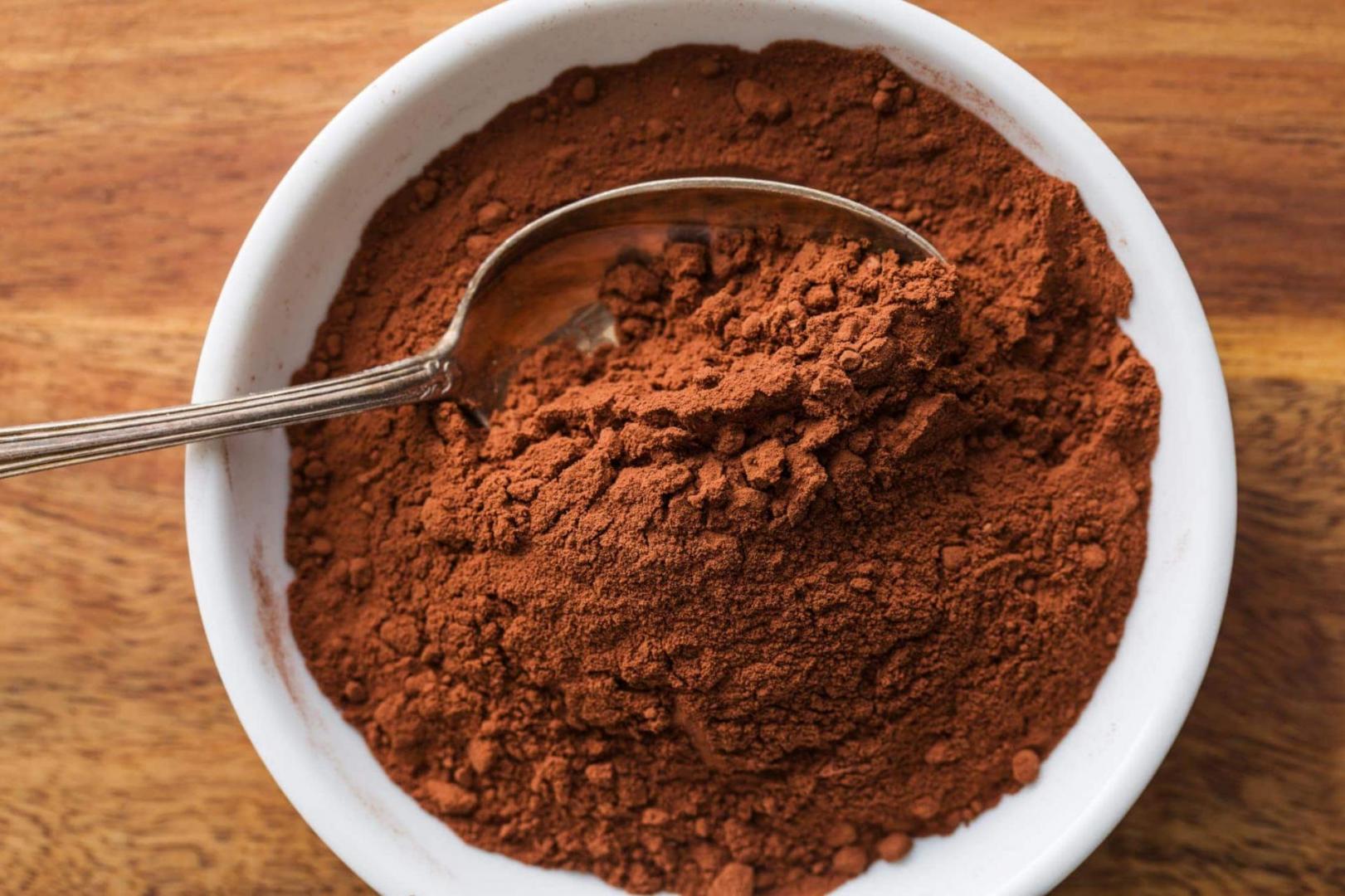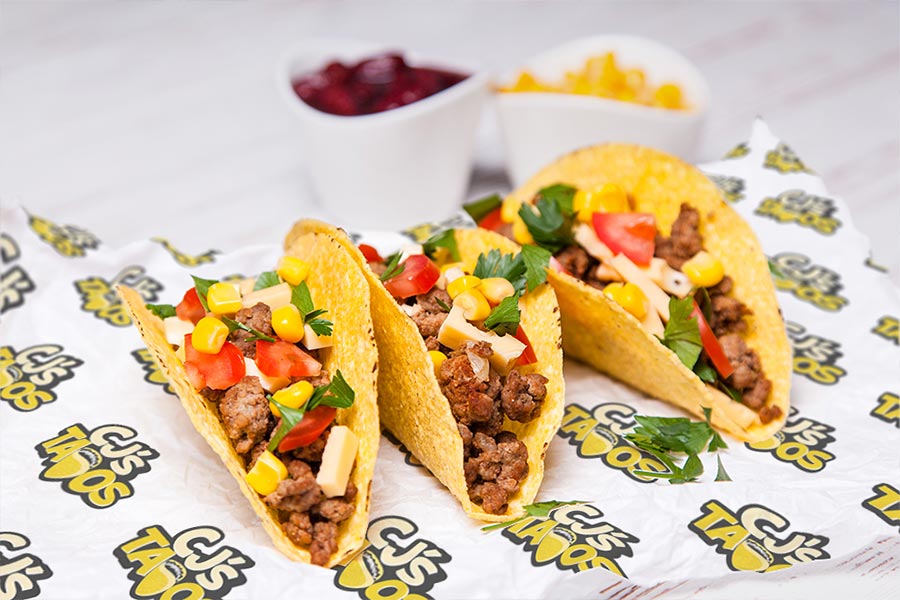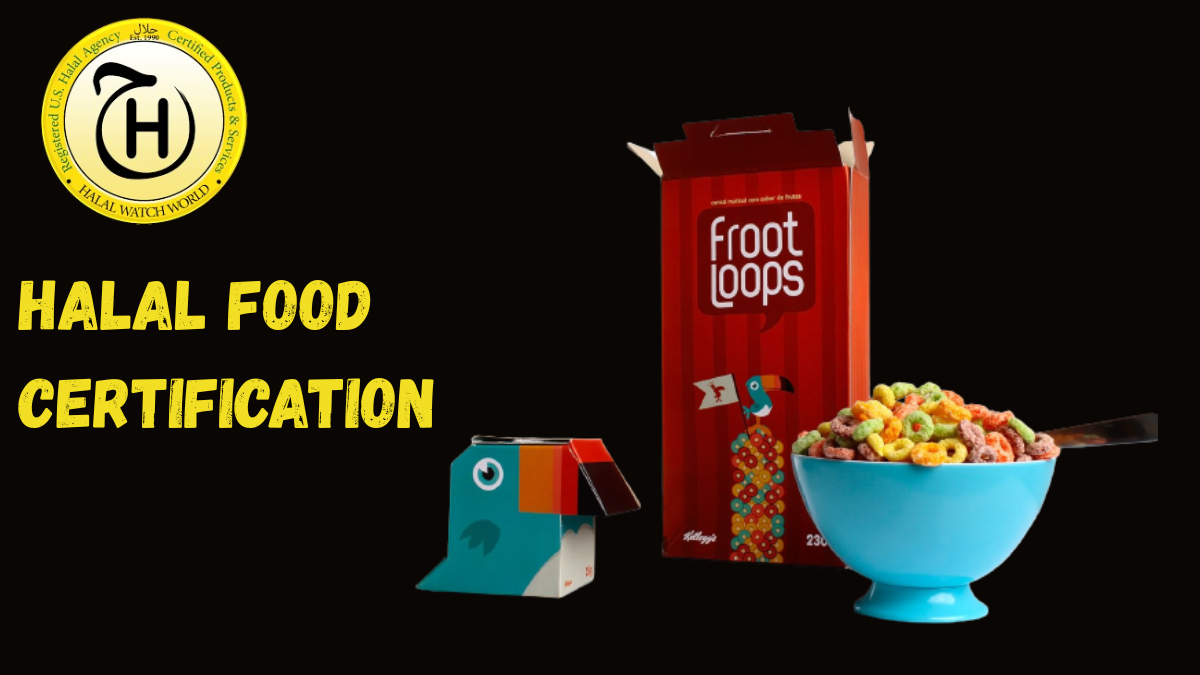Padang cuisine, originating from the Minangkabau people of West Sumatra, is one of Indonesia’s most iconic and beloved culinary traditions. Known for its bold flavors, generous use of spices, and rich coconut-based sauces, Padang food has become a staple across the country, with restaurants found in nearly every city — often marked by glass displays stacked with colorful dishes.
What Makes Padang Cuisine Unique?
At its core, Padang food is all about balance — spicy, savory, rich, and aromatic. The dishes prominently incorporate ingredients such as chili peppers, garlic, shallots, turmeric, ginger, lemongrass, and coconut milk. These ingredients are ground into spice pastes and slow-cooked to create deep, layered flavors.
Most dishes are meat-based, with beef, chicken, and fish being the most common. Vegetables also play a supporting role, especially cassava leaves and green beans, often cooked in coconut milk.
Signature Dishes
Rendang is arguably the most renowned Padang specialty—a dry, slow-braised beef curry infused with coconut milk and an aromatic mix of spices. Its long cooking process yields succulent meat and deep, complex flavors. This iconic dish has gained global recognition and was once named the world’s tastiest dish by CNN Travel.
Other signature dishes include:
Ayam Pop: Fried chicken boiled first in coconut water, then lightly fried — tender inside with a unique taste.
Gulai Tunjang: A curry made from cow’s feet, known for its gelatinous texture and spicy, creamy sauce.
Dendeng Balado: Thin slices of fried beef topped with sambal balado, a chili sauce made from red chilies, shallots, and tomatoes.
Sambal Ijo: A green chili sambal that’s milder than the red version but just as flavorful.
Perkedel: Fried potato patties that complement the heavier dishes.
Most meals are served with steamed rice, and diners can expect a wide variety of dishes served simultaneously, creating a vibrant and overwhelming spread of options.
The Padang Restaurant Experience
Eating at a Padang restaurant is a unique cultural experience. In traditional Padang-style dining, especially in West Sumatra, waiters will bring dozens of small plates to your table without you ordering anything — a system known as hidang. You only pay for what you eat; untouched plates are taken back to the kitchen.
In other parts of Indonesia, nasi Padang is served cafeteria-style. You choose your dishes from the display, and they are scooped onto a plate of rice.
The system is efficient and allows diners to sample many different dishes at once. It also reflects the communal spirit of Minangkabau culture, where meals are often shared and enjoyed together.
Beyond Taste: A Cultural Symbol
Padang food represents more than a culinary tradition—it embodies the cultural identity and heritage of the Minangkabau community. Cooking methods, ingredients, and even the way meals are served reflect values like patience, hospitality, and tradition. Many dishes are cooked for hours, requiring time and care — much like the importance placed on family and community in Minangkabau life.
Padang food also adapts well across regions. It’s common to see slight variations in recipes, adapted to local tastes while retaining the original soul of the cuisine. This flexibility has helped it spread across Indonesia and even to other countries with Indonesian communities.
A Lasting Legacy
Whether you’re enjoying a simple plate of rice with rendang and sambal, or a full spread of dishes at a Padang restaurant, the experience is always memorable. The depth of flavor, variety of choices, and cultural significance make Padang cuisine a true culinary treasure.
Best indonesian Restaurant in Jakarta: For locals and travelers alike, a taste of Padang food is a must when exploring Indonesia — not just for the taste, but for the story it tells.













